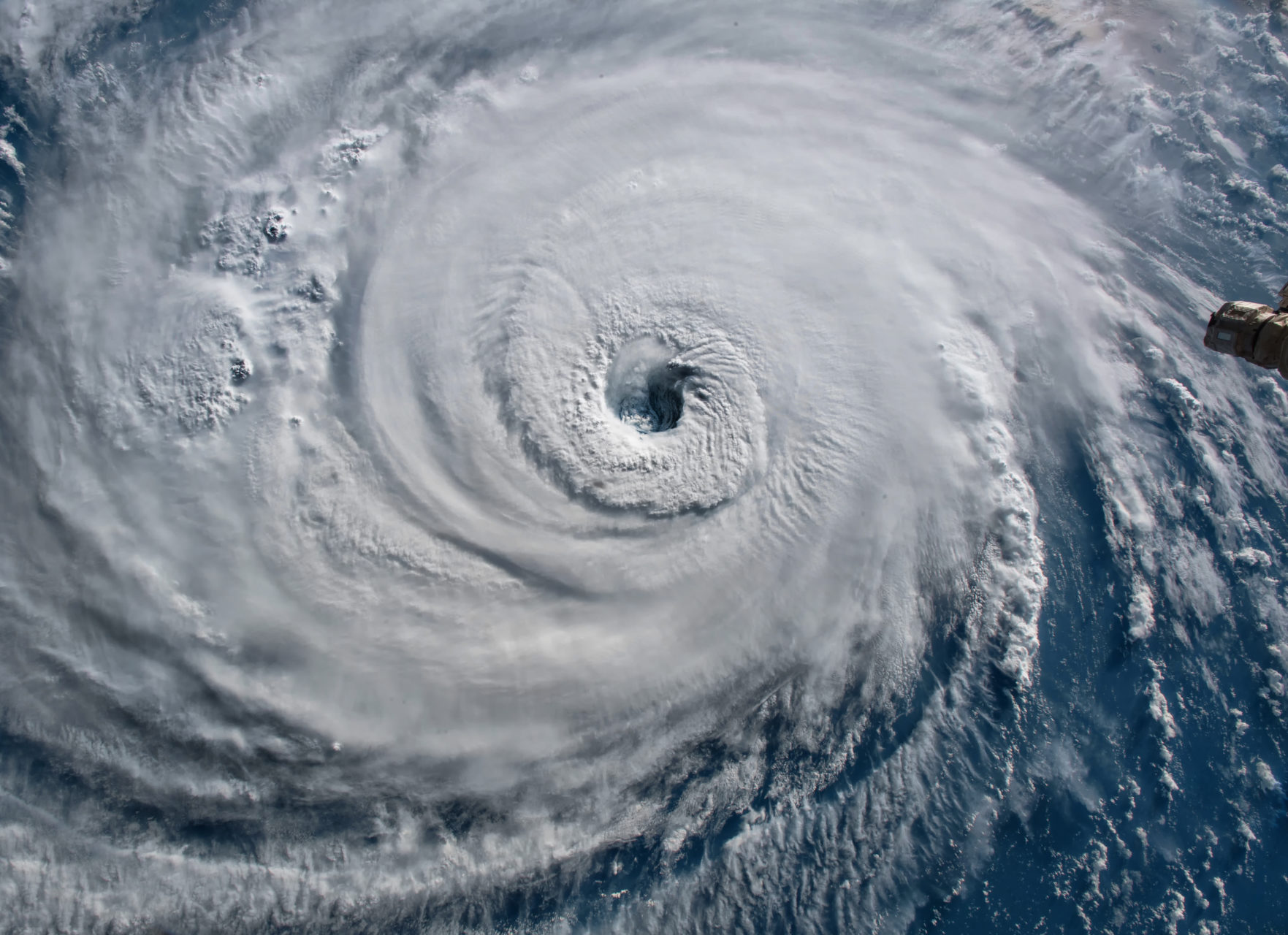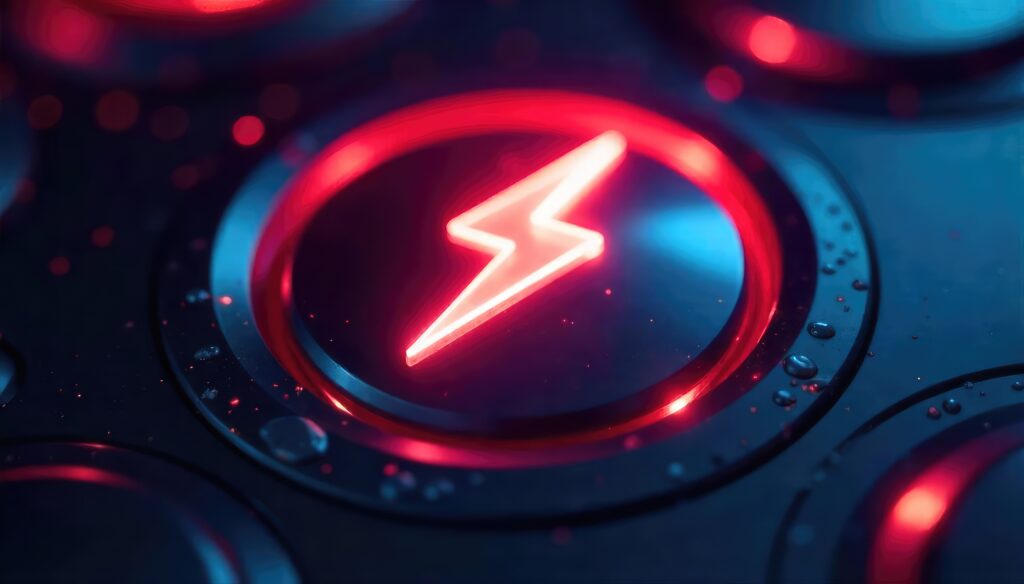
When disaster strikes—whether it’s a natural disaster, public health emergency, or unforeseen crisis—many small business owners turn to the U.S. Small Business Administration (SBA) for help. SBA disaster relief loans are designed to provide affordable, long-term financing so businesses can recover and rebuild.
How to Apply for an SBA Disaster Loan
The first step is to visit the SBA’s Disaster Assistance website or call their helpline. You’ll need to complete an online application and provide financial documentation, such as tax returns and a current profit-and-loss statement. SBA disaster loans are available for physical damage (to repair or replace real estate, equipment, or inventory) and for economic injury (to cover working capital when your business can’t operate normally). Interest rates are usually much lower than conventional loans, with repayment terms up to 30 years.
Tips for Success
Be prepared with accurate financial records and a clear description of how your business has been impacted. Apply as early as possible, since approval can take time. If you’re denied initially, you have the right to appeal—and many applicants are approved on reconsideration.
Alternatives to SBA Disaster Loans
While SBA loans are a great option, they’re not always the fastest. If you need immediate funds, consider a business line of credit, short-term working capital loan, or even specialized disaster relief grants offered by state or local governments. Some private lenders also provide bridge loans to cover expenses while you wait for SBA funding.
The Bottom Line
An SBA disaster relief loan can provide the stability you need to recover, but it’s wise to explore all available financing tools. By combining SBA assistance with alternative funding, you can rebuild faster and keep your business moving forward
